What are some fruits that are high in sugar and not suitable for diabetics?
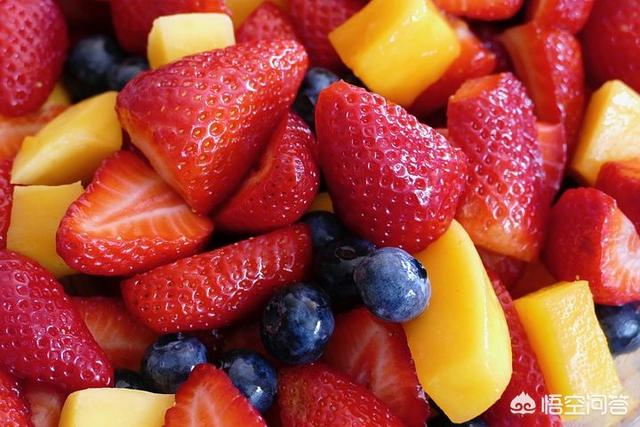 Usually tropical fruits are high in sugar, such as banana (22g/100g), pineapple honey (25g/100g), coconut (31g/100g), etc. Sugar lovers with good blood sugar control should also control their intake and not eat too much at one time;
Usually tropical fruits are high in sugar, such as banana (22g/100g), pineapple honey (25g/100g), coconut (31g/100g), etc. Sugar lovers with good blood sugar control should also control their intake and not eat too much at one time;
Common high-sugar fruits also include hawthorn (25g/100g), fresh red dates (30g/100g), and lychee (17g/100g), so sugar lovers should be more careful;
In addition, some fruits, although not high in sugar, but can quickly into the blood, elevate blood sugar, that is, the glycemic index (GI) is high, such as watermelon, pineapple, mango, papaya, etc., is also not recommended to sugar lovers large amounts of intake.
I've attached a list of common fruits on the glycemic index below, so bookmark it:

Wei Wei recommended: strawberries, blueberries, cherries, grapefruit, plums, crisp pears, apples as the first choice of fruit for sugar lovers, 200 grams of daily intake can be, preferably divided into two, as a snack.
I hope that my answer is helpful to you! Good luck!
Life needs nourishment and so does life!
Welcome to Nutrition Wei Wei Tao!
If divided according to the sugar content, which fruit sugar content is not as good as rice and noodles such as staple food, not only not as good as, or even much lower than the sugar content of rice and noodles, you even have the highest sugar content of rice and noodles dare to eat, and what fruits do not dare to eat it?
Instead of rejecting sugar, diabetics should understand that sugar is a very important source of energy and that we need stable blood sugar, not low blood sugar, which is worse than high blood sugar.
So is every kind of fruit can be eaten? Not, some fruits do not contain high sugar content, but the glycemic index is very high, that is, after eating the blood sugar rises very quickly, this kind of fruit should pay attention to treat with caution.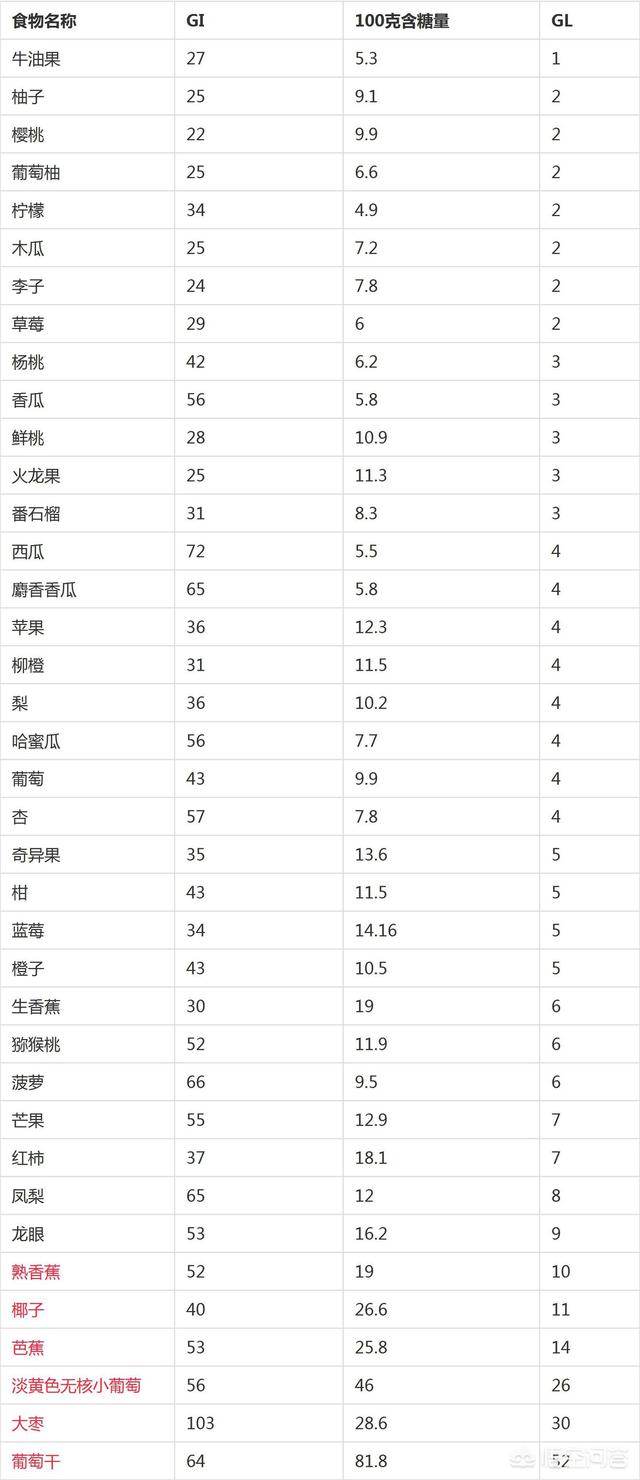
If you see red color, it is the fruit with high glycemic index, you have to eat it in small amount. If you look at the sugar content, the highest sugar content of jujube is only 28.6, much lower than the sugar content of rice and noodles 90.
Having diabetes is a constant battle that needs to be fought. While controlling sugar, it is more important to replenish the nutrients that the body needs. Diabetics should eat more fruits to help the body replenish vitamins, pectin fiber and other nutrients. Some fruits also have strong antioxidants such as anthocyanins and resveratrol, and the aroma of the fruits can be a good way to combat low mood.
In addition, the sweetness of fruits mainly comes from fructose, which is a monosaccharide that can be metabolized quickly and does not affect blood sugar too much. So don't think that sweet fruit is high in sugar. Really do not know the sugar content of fruit glycemic index and worried about blood sugar rise, you can choose to eat fruit between meals.
For fruits with high or low sugar content and diabetic consumption there is a division point, in addition to fruits depending on the region, varieties of different sugar content is also different, but also combined with the GI index of food and GL. we start with the sugar content.
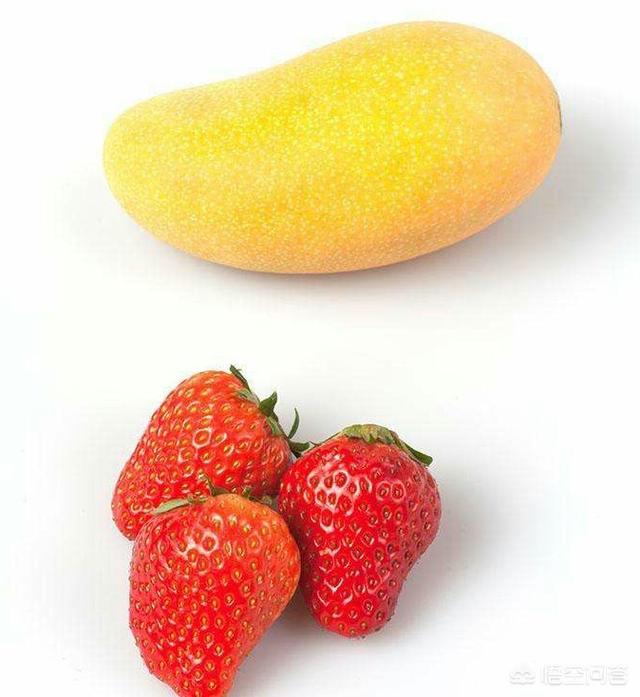
1. Sugar content of less than 10 grams per 100 grams can be considered by diabetics to be eaten.
Tangerine (Sanhu red tangerine) 10 Peach (May fresh) 10 Sichuan red tangerine 9.8 Peach 9.6 Grapefruit 9.5 Loquat 9.3 Apricot 9.1 Plum 8.7 Dry apple 8.4 Mango (Mango) 8.3 Watermelon (Jingxin No.1) 8.1 Cantaloupe 7.9 Peach 7.9 Strawberry 7.1 Papaya 7 Watermelon (Zhongyue No.6) 6.5
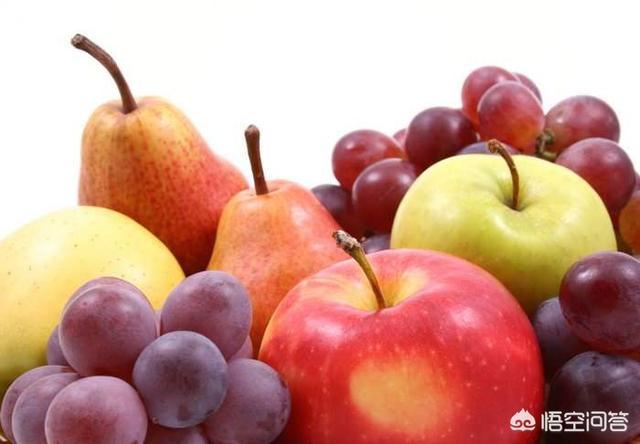
2. Sugar content between 10-20 grams per 100 grams, diabetes need to be eaten with caution.
There are: pomegranate (red and pink skin pomegranate) 19.4 green pomegranate 18.5 persimmon 18.5 onyx pomegranate 18.4 persimmon (lotus persimmon) 17.1 cinnamon fresh 16.6 lychee fresh 16.6 Duck wide pear 16.5 fig 16 sugar cane juice 16 Xiangyu apple 15.5 Indian apple 14.7 red jade apple 14.7 Red Marshal apple 14.7 Red Star apple 14.3 guava 14.2 Laiyang pear 14.1 Yellow peach14 Golden Pineapple Apple Pear13.9 Mulberry13.8 Kumquat13.7 Yellow banana apple13.7 Apple13.5 Kuril pear13.4 Pear13.3 Guoguang Jinshuaishao apple13.3 Early tangerine12.6 Red banana apple12.3 Rose-scented grapes12.1 Jumbo Peak12 Citrus11.9 Red Fox apple11.9 Orange, duck pear11.1 Pineapple pineapple10.8 Sea buckthorn Juice 10.6 Rutabaga mandarin orange 10.3 Grape 10.3 Cherry 10.2 Dry peach 10.1
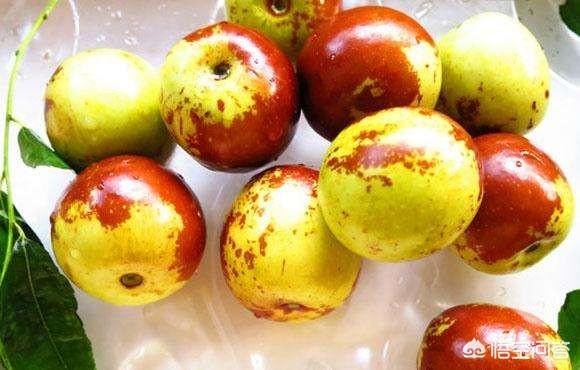
3. Containing more than 20 grams of sugar per 100 grams, diabetics can not eat the
Coconut 31.1 Dates (fresh) 30.5 Orange juice 29.6 Plantain plantain 28.9 Pineapple nectar 25.7 Sea buckthorn 25.5 Red fruit 25.1 Dried banana plantain 22
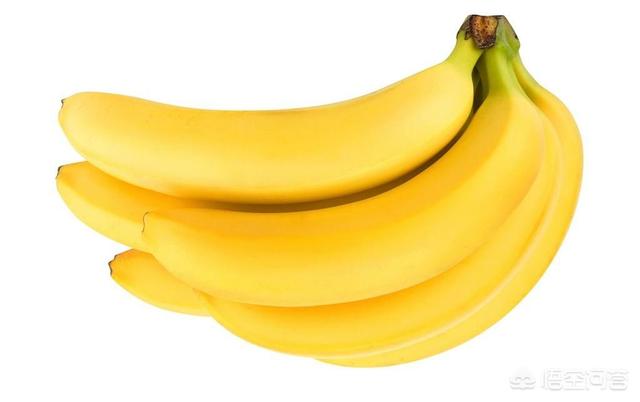
For diabetics, it is better not to eat in the state of blood glucose suddenly high and low, when the blood glucose control is stabilized before you can consider eating a little, even if you can eat the fruit, but also pay attention to the amount of food, but also consider the GI index and GL glycemic load. You can't eat more than one at a time, and you should eat them separately. The amount of fruit diabetics eat is generally controlled in kilograms of your body weight, for example, if you weigh 60 kilograms, it is controlled at 60 grams per day.
Hello!
Fruits with high sugar content are fruits that taste sweeter, and the sweeter they taste, the higher the sugar content, likeSugar cane, longan, lychee, grape, watermelon, durian, pineapple, sugar orangeetc., are fruits with high sugar content, which are not suitable for diabetics!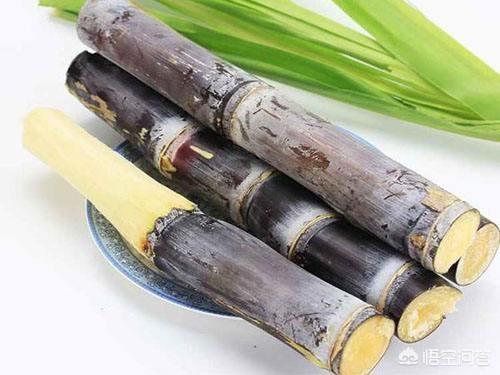
Sugar cane is the raw material for sugar extraction, and there is no doubt about its high sugar content! Longan lychee is nutritious and sweet tasting, and its fructose content is so high that sometimes it tastes like candy! Although watermelon contains more water, but sugar is its second content! Diabetics originally high blood sugar, kidney function is not good, watermelon to eat more, easy to cause excessive intake of water and sugar, increase the pressure burden on the kidneys, easy to trigger high blood sugar, body edema and other hazards, so watermelon is also not suitable for eating. These high sugar content, too sweet fruit, diabetics are best not to touch, the harm is too great.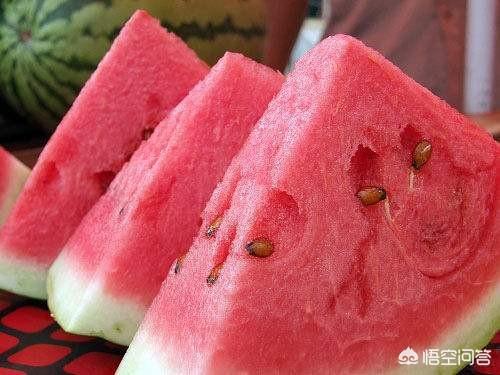
Although these fruits with high sugar content are not suitable for diabetics to eat, but you can also choose to eat some neutral fruits with low sugar content, such as apples, strawberries, cherries, grapefruit, etc., are good, but also pay attention to moderation Oh!I hope my answer can help you! For more health information about fruits, click like and follow me oh, thanks!
Nutritionist sugar to answer this question, the fruit tastes sweet and crunchy, so diabetics worry about whether they can eat. In fact, diabetics can eat some watery low-sugar fruits when their blood sugar is still under control. Then here are some other high-sugar fruits, sugar lovers should beware, try to eat less or not eat.
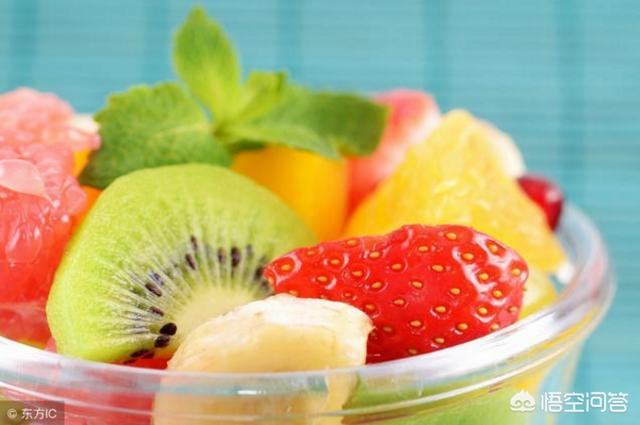
High-sugar fruits:Durian, jujube, mango, mangosteen, lychee, apricot, longan, banana and so on. Especially durian, there have been diabetics eat durian eat out of life. There are also jujube and jujube dried products, the sugar content is quite high, nothing special needs or do not eat. There are fruit made of dried fruit snacks, such as dried figs, raisins, etc., its sugar content is also very high, it is best not to eat.
Low-sugar fruits:Strawberries, apples, cherries, guava, grapefruit, oranges, snowdrops, and sundews. These fruits can be eaten up to 200 grams per day, and are best eaten as an extra meal between meals.How much is 200 grams of fruit? Probably a fist-sized apple or pear, 2-3 slices of grapefruit, 5-6 small tomatoes, and 4-5 medium-sized strawberries.
There is a misunderstanding here that is worth pointing out, that is, the sweeter the fruit is, it does not mean that it has a higher sugar content. Strawberries, for example, are sweet but not high in sugar, while hawthorn tastes sour and dragon fruit doesn't taste sweet when you sing it, but both are high in sugar and should not be eaten in excess. The most reliable way to know the sugar content of fruits is to check the GI value and GL value table.
For more information on diabetic diets, feel free to follow us!
"Happy little doctor" answers your questions. Happy to follow.
Fruits are rich in vitamins and delicious, especially in summer, when all kinds of fruits become tempting. How should sugar lovers eat fruits?
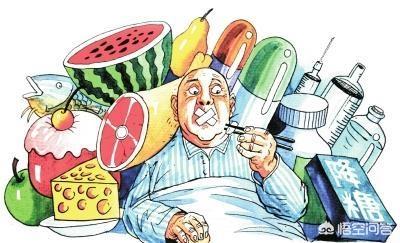 We all subconsciously think that the sweeter the fruit, the higher the sugar content. This is not necessarily true. This is because sweetness is not only related to sugar content, but also to the type of sugar (e.g. fructose is sweeter than sucrose) and acidity.
We all subconsciously think that the sweeter the fruit, the higher the sugar content. This is not necessarily true. This is because sweetness is not only related to sugar content, but also to the type of sugar (e.g. fructose is sweeter than sucrose) and acidity.
Here we look at the sugar content of various fruits:
Fruits with a sugar content between 4% and 7%: watermelon, strawberries, blancmange, etc.
Fruits with a sugar content between 8% and 10%: pears, lemons, cherries, cantaloupe, grapes, peaches, pineapple, etc.
Fruits with a sugar content between 9% and 13%: apples, apricots, figs, oranges, grapefruit, lychees, etc.
Fruits with a sugar content of 14% or more: persimmons, cinnamon, bananas, prunes, pomegranates, etc.
Sugar oilers can choose fruits that contain less than 10 grams of sugar per 100 grams of fruit, including cucumber, watermelon, oranges, grapefruit, lemons, peaches, plums, apricots, loquats, pineapples, strawberries and cherries.
You can also eat these if you love them a lot, but eat them sparingly. Fruits that contain 11-20 grams of sugar per 100 grams of fruit include bananas, pomegranates, melons, oranges, apples, pears, lychees, and mangoes.
Every 100 grams of fruit containing more than 20 grams of sugar in the fruit, including red dates, red fruits, especially dried jujubes, jujubes, persimmon cakes, raisins, dried apricots, cinnamon and other dried fruits, as well as dried fruits, red Fuji apples, persimmons, Laiyang pears, Feicheng peaches, cantaloupe, rose-scented grapes, jujubes, yellow peaches, etc., should be eaten sparingly, greed is a lesson.
Others say that all fruits are low energy foods. In fact, most fruits are high in water content and can only provide less energy, but some fruits, such as bananas contain more energy, no less than potatoes; durian also has quite a lot of energy due to its high fat content. Even with low-energy fruits, if you eat a lot of them in a day, your energy intake may still be excessive.
Also, try to time your fruit consumption between meals.
"Happy little doctor" every day for you to push the health of medical knowledge, sharing cases, do not forget to click on the upper right corner of the attention yo!
Whether or not a diabetic can eat fruit is another thing that many diabetics struggle with. Like many other foods, fruits are not an absolute no-no for diabetics. Most fruits are rich in dietary fiber, vitamins and minerals in addition to sugar, which is beneficial in balancing the nutritional intake of diabetics and preventing various complications.
Diabetic patients faced with the problem of eating fruits need to consider two issues: first, how to eat fruits is beneficial to blood sugar control, and second, what kind of fruit varieties to choose.
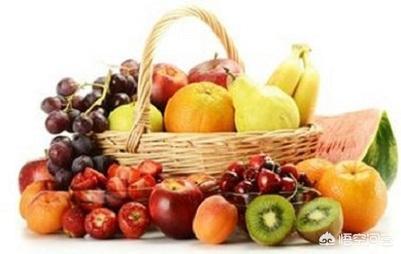
Let's look at how to eat fruit first. Most fruits contain a certain amount of sugar, so it is best for diabetic patients not to eat fruits during meals, so as not to consume too many carbohydrates in a short period of time, resulting in a situation where it is difficult to control blood glucose after meals; diabetic patients should eat some fruits appropriately between meals, while reducing the number of staple foods during meals; diabetic patients should choose fresh fruits, not canned fruits or Fruit juice to replace, because the latter contains more sugar; after eating fruit to measure the postprandial 2 hours blood sugar, if the blood sugar is normal that this fruit is suitable for you.
Let's look at the issue of choosing fruit varieties. As with choosing other foods, diabetics should look at two indicators when choosing fruit varieties: the glycemic index, i.e., how quickly this fruit raises sugar; and the glycemic load, i.e., how high the total amount of blood sugar raised by this fruit is.
Taken together, apples, duck pears, strawberries, watermelon, kiwi and other fruits are more suitable for diabetic patients; fresh dates, lychee, mango, bananas, melon, oranges, peaches, apricots and other fruits, diabetic patients should be limited to consume; like dried jujubes, honey dates, raisins, persimmons, cinnamon, and all kinds of preserved fruits are not suitable for diabetic patients to eat. Of course, between these fruit varieties, there is no absolute boundary. Diabetic patients, even if they eat those suitable fruits, can not eat too much, each time 1-2 two can be.
For a specific diabetic patient, the suitability of eating fruits also depends on the blood sugar control. If the glycated hemoglobin index has been at the level of 7% or less, and the postprandial blood sugar is also qualified, it is possible to eat.
Fruit contains sugar is mainly fructose-based, fast digestion, but in addition to this, but also rich in high-quality dietary fiber, a variety of vitamins, the human body needs a variety of minerals, etc., diabetic body also hates the need for these nutrients, if you can choose the right time to eat, diabetic patients are able to eat a moderate amount of fruits, however, if you are worried about eating will bring the risk of high blood glucose, can be reduced! Avoid eating.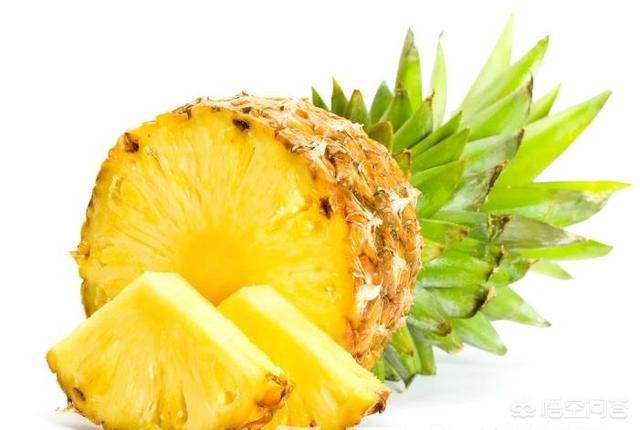
Common fruits with high sugar content.
Pineapple: it contains relatively high fructose, but also more catabolic enzymes, faster digestion, resulting in its relatively high glycemic index, so if you are worried about postprandial glucose elevation of patients, as far as possible to reduce eat or not eat.
- Raisins: This kind of product is usually taken a lot of sugar or salt for processing and become, at the same time will also make them lose some nutrients contained in the original fresh, relative to fresh grapes, it can accelerate the speed of the rise of blood glucose, so for this kind of product, it is recommended that diabetic patients eat less.
- Watermelon: Watermelon does contain a lot of sugar and water, but if you eat it after or before a meal, it tends to raise your blood sugar because it does digest relatively quickly, so for these sugary fruits, you have to be careful to watch your blood sugar fluctuations as well as to choose a time that is right for you to eat them.
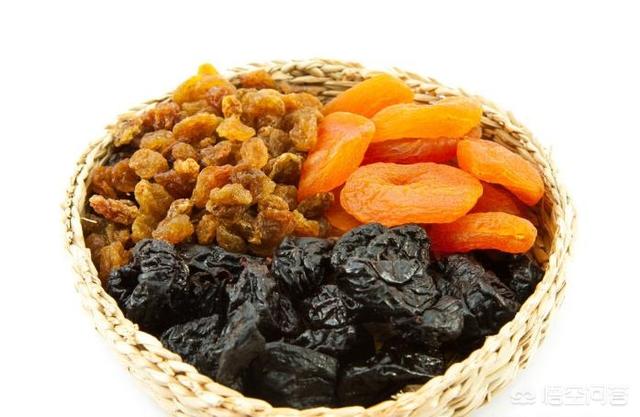
Sugar in fruits choose to eat time and pay attention to their blood sugar changes, is possible to moderate intake, unnecessary excessive worry, but there is a kind of dried fruit products, as far as possible, do not touch, fruit sugar and food added sugar in the human body is still a different role.
One week Jun love to eat fruit, but also does not advocate fruit as a meal! Especially fruits with high sugar content, eat more than eating sugar is still sweet.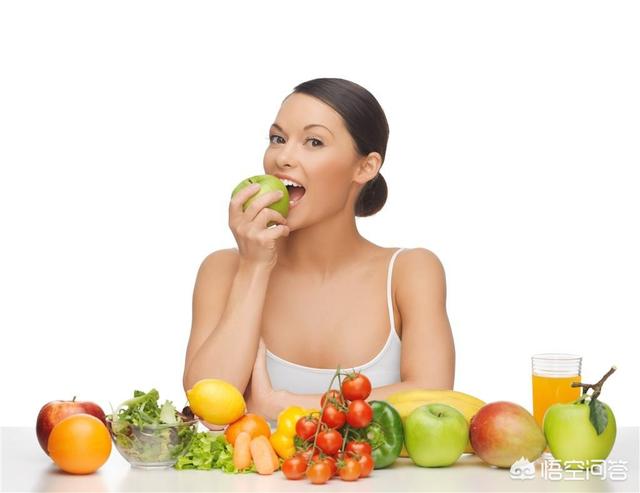
Fruit which contains high sugar content, one week Jun to everyone home to count, we first look at the main components of the fruit, fruit, of course, is a lot of water, accounting for about 80% -90%. As for the sugar, we with intuitive taste can experience, not sweet fruit not only sell out, I'm afraid no one will go to eat. If you eat sweet fruit, usually higher sugar content, such as one week June's favorite watermelon. Generally speaking, if we can let us feel sweet and delicious fruit, sugar content is usually up to 8% or more, if just the general sweetness, it is estimated that is only 5%. One week Jun understand, strawberry sugar content is 5%, apple sugar content is about 8%, sweet grapes more than 15%, fresh dates can be more than 20%. In fact, we overlooked a problem, that is, fruit juice is much sweeter than fruit, which also means that the sugar content is higher than the fruit, such as apple juice sugar content in 8% -10%, while a fresh apple's sugar content is about 5%, and grape juice can be as high as 16%, not only higher than the fresh grapes, and even higher than the average sweet drinks.
At this glance, we understand more, eat fruit, especially high sugar content of fruit, is also eating pond. Let's do some math, the sugar content of grapes is at 15%, if we eat up to 500 grams, that's an intake of 49 grams of sugar, about 190 calories, which is quite substantial. If we eat an apple, it's about 15 grams of sugar. So it seems that some fruits are high in sugar and should be eaten in moderation.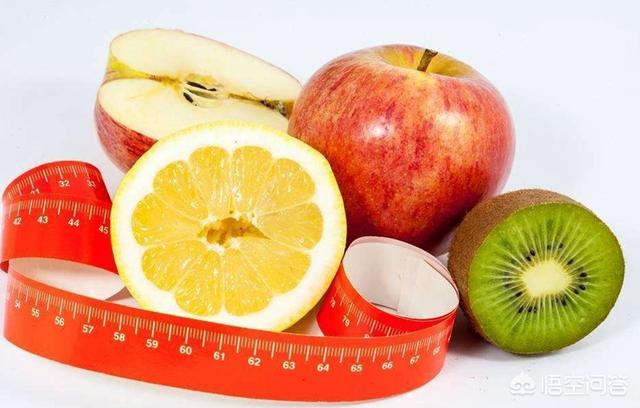
If you eat an excessive amount of fruit, is it necessary to reduce the use of regular meals, that is, I do not eat other things. One week Jun actually does not advocate such a practice, because fruit meal replacement, very popular apple diet, will cause protein intake is insufficient, anemia and vitamin B1 deficiency and other nutrient deficiencies, is not good for our body, especially women, but also lead to cold hands and feet, physical inactivity and other states.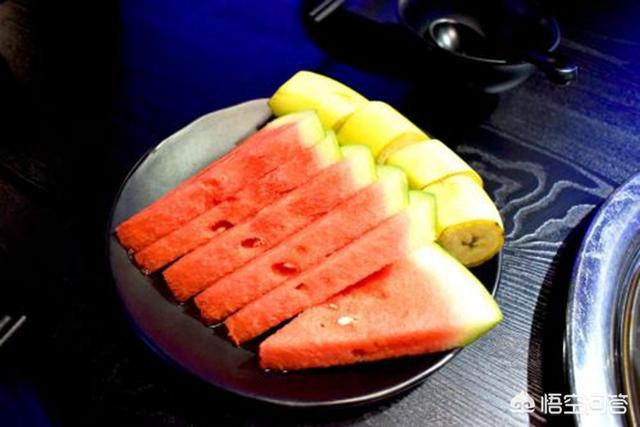
If you are a diabetic, One Weekly suggests that fruits can actually be eaten, but try to eat fruits with low sugar content. For example, apples, pears and peaches, these fruits contain sugar compared to other fruits to be lower, and, we notice that these fruits are required to chew before you can swallow, not like bananas, watermelon kind of easy to swallow, a bite of water, a bite of the fruit to swallow. Previously, one week gentleman had told you, eat food, if it is need to chew the food, caused by blood sugar elevation will be lower. Eat fruit is a reason, a bite to digest, sugar will be absorbed very quickly, so even if the sugar content of the same fruit, diabetic patients, try to choose the need to chew the fruit, so that can make the blood sugar rise slower.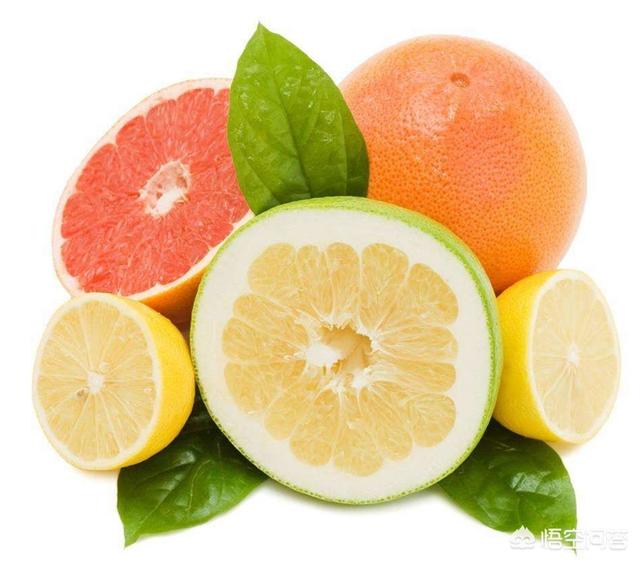
In addition, in addition to sugar, some fruits also contain tannins, anthocyanins, etc., such substances can inhibit the production of digestive enzymes, but also help to delay the rise in blood sugar. For example, we can eat a little cherry ah, slightly acidic tangerines, oranges, grapefruit, etc., the blood sugar response will be lower than those without acidic fruit.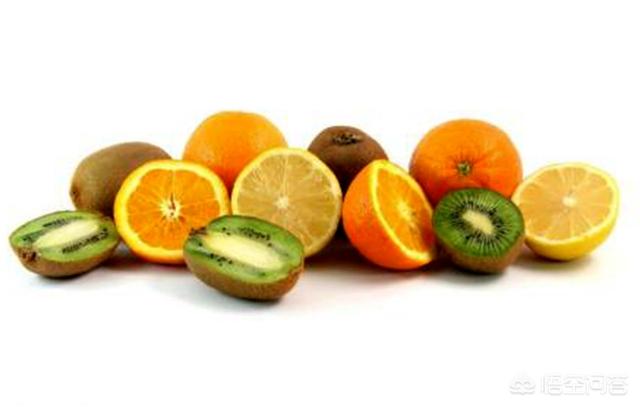
 Diabetic patients in daily life and diet to avoid things can be said to be endless, which diet is the most especially important point, sugary foods for diabetics can be said to be avoided. So, today we will talk about this topic: what are the fruits with high sugar content, not suitable for diabetics to eat? Which fruits are suitable for diabetes? Read on and let Xiaokang tell you the answer inside this article!
Diabetic patients in daily life and diet to avoid things can be said to be endless, which diet is the most especially important point, sugary foods for diabetics can be said to be avoided. So, today we will talk about this topic: what are the fruits with high sugar content, not suitable for diabetics to eat? Which fruits are suitable for diabetes? Read on and let Xiaokang tell you the answer inside this article!

What are some fruits that are high in sugar and not suitable for diabetics?
1. Litchi
The average lychee contains 20% sugar, not to mention how sweet a lychee such as Feizixiao is. In short, every lychee is a little "sugar packet". However, lychee is also very rich in calcium, so don't "discriminate" against it because of its high sugar content.
2. Mango
Mango flesh is delicate, sweet-smelling, rich in vitamins, a mango can provide 1/3 of the vitamins needed in a day. However, special attention should be paid to the mango's sugar content of up to 14% to 16%, for diabetics but to avoid.
3. Sugar cane
Diabetic patients can not eat sugar cane, sugar cane is the main source of human sugar, it can be seen that it is rich in sugar, for sugar cane, diabetic patients should never touch.
4. Grapes
Diabetics should not eat grapes or or raisins. Grapes have a high sugar content and diabetics should only eat a few if they want to, and definitely not more.
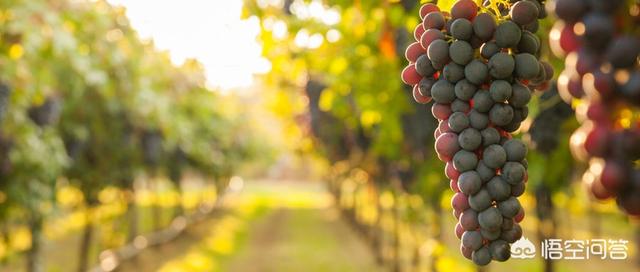
Which fruits are suitable for diabetes?
1. Dragon fruit
Dragon fruit is a low-energy, high-fiber fruit that is rich in soluble fiber and free of sugar and caramel, making it a suitable fruit for diabetics with blood sugar regulating properties. Studies have found that dragon fruit is high in zinc, which is one of the components of insulin in the body, so diabetics are able to consume dragon fruit, about 120 grams at a time.
2. Cherries
Diabetics eat a moderate amount of cherries, does not increase the glycemic index, and cherries are rich in anthocyanins, which can effectively control the level of sugar in the diabetic's body, and play a role in the blood. Sugar. But there are many cherry varieties. Relatively speaking, red cherries are more suitable for diabetics.
3. Oranges
Hesperidin, citric acid, malic acid, succinic acid, pectin and vitamins and other nutrients in oranges have a great effect on the elasticity of the capillaries, which is conducive to making the blood cholesterol lower, and to a certain extent, can also prevent high blood pressure and prevent atherosclerosis. And for some vascular disease that is diabetes-induced complications are greatly beneficial.
4. Apple
Because the body absorbs the sugar contained in apples slowly and evenly, eating apples can lower blood sugar, especially after meals.
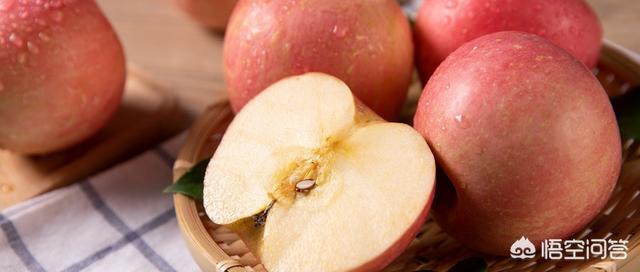
To summarize, we pay attention to diet in daily life as well as develop good habits is the root cause of the prevention of all diseases Oh!

This question and answer are from the site users, does not represent the position of the site, such as infringement, please contact the administrator to delete.